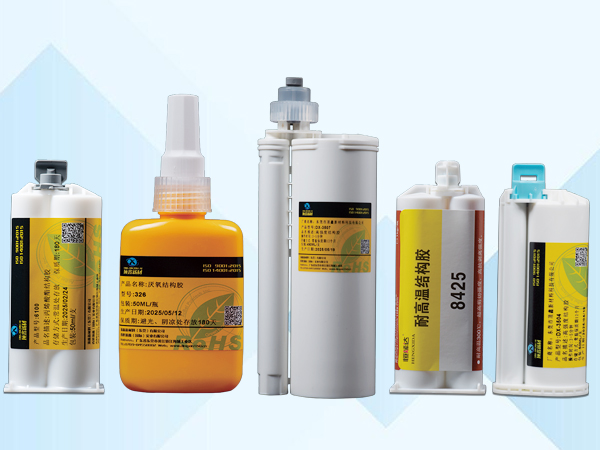Underfill adhesive, as an important electronic material, is widely used in various industrial and automotive electronic products, especially in in-vehicle assisted driving systems. The main function of this material is to provide stable support and protection to ensure that key components such as chips can operate normally and reliably in both high and low temperature environments. Therefore, the temperature resistance range of the underfill adhesive is one of the important indicators of its performance.
First of all, we need to clarify the definition of temperature resistance. Temperature resistance, that is, the stability of materials in high and low temperature environments, is a key factor in measuring the performance of materials. For underfill adhesives, their temperature resistance range directly determines their applicability and reliability in various working environments.
Generally speaking, the operating temperature range of industrial or automotive electronic products is relatively wide. Under normal circumstances, the working temperature of these products is generally around 130℃. However, in some special circumstances, such as high-temperature environments or long-term high-load operation, its working temperature may reach or even exceed 150℃. Therefore, the temperature resistance range of the underfill adhesive serving these products should at least cover this range to ensure the normal operation of the products.
Of course, merely meeting the temperature resistance range is not enough. The underfill adhesive also needs to have other excellent properties, such as a good coefficient of thermal expansion (CTE). Theoretically, the higher the glass transition temperature (Tg point) of a material, the lower its CTE. For underfill adhesives, to achieve a thermal expansion coefficient that matches that of components such as chips, their CTE should be as close as possible to that of the chip. This ensures that in high-temperature environments, the difference in thermal expansion between the underfill adhesive and the chip is as small as possible, thereby enhancing the reliability of the product.
In addition, the curing temperature of the underfill adhesive is also an important factor affecting its temperature resistance range. Generally speaking, the underfill adhesive can cure after heating, and its curing temperature is usually between 80℃ and 150℃. This means that within this temperature range, the underfill adhesive can cure effectively, forming a stable structure and providing effective support and protection for components such as chips.
However, it is worth noting that although the temperature resistance range of the underfill adhesive covers the requirements of most working environments, in practical applications, we still need to select the appropriate underfill adhesive based on the specific working environment and product requirements. For instance, for products operating in high-temperature environments, it might be necessary to select underfill adhesives with a higher temperature resistance range. In applications with strict requirements for CTE, underfill adhesives with a lower CTE need to be selected.
Overall, the temperature resistance range of the underfill adhesive is one of the important performance indicators, which directly affects the stability and reliability of the product in high and low temperature environments. With the continuous development of technology, our company is committed to researching and upgrading formulas to provide a more powerful guarantee for the reliable operation of electronic products.




